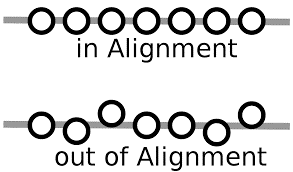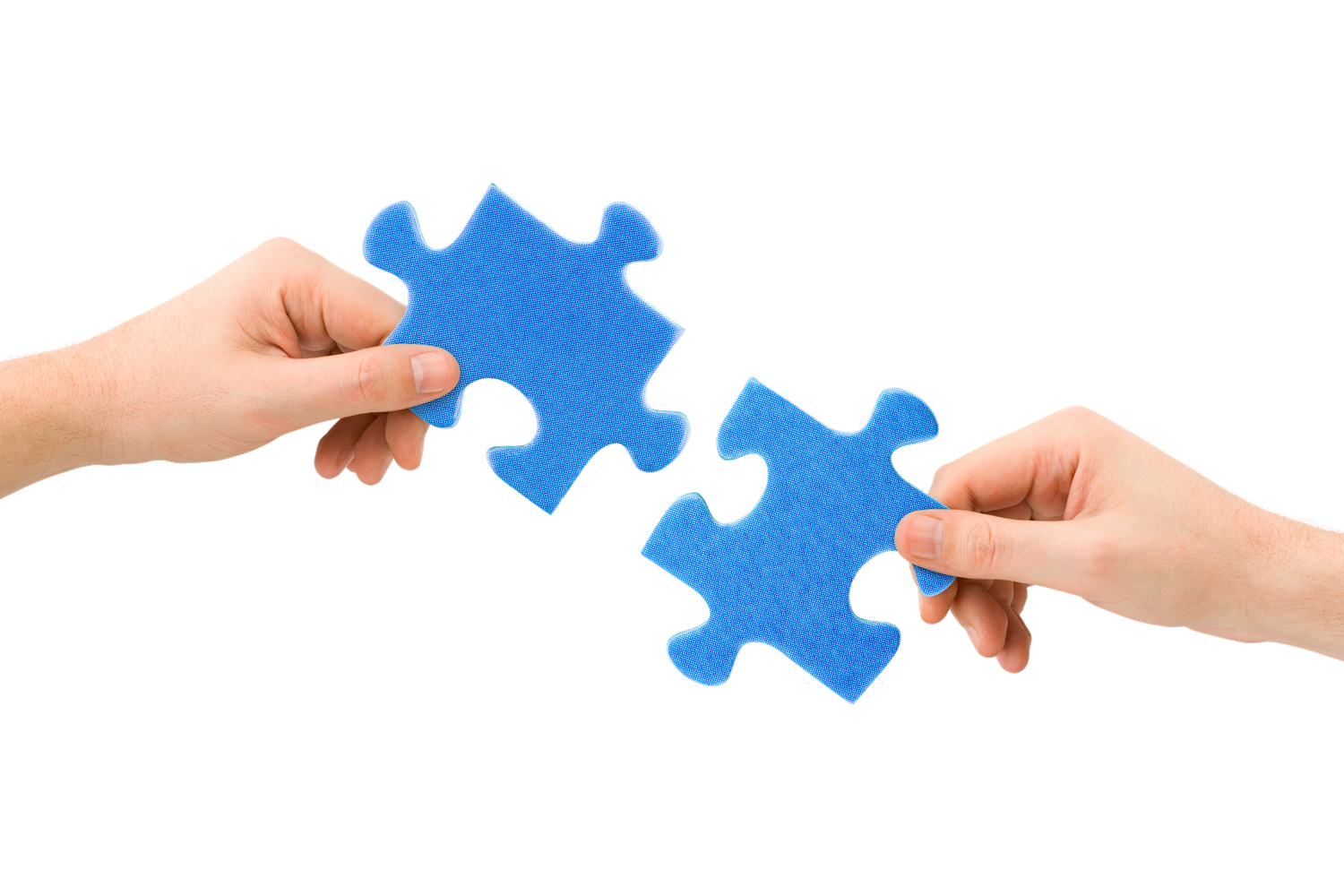 One of the most dysfunctional parts of a major gift program is the lack of information provided about the organization’s programs for fundraising. In fact, it is a problem in the fundraising industry in general.
One of the most dysfunctional parts of a major gift program is the lack of information provided about the organization’s programs for fundraising. In fact, it is a problem in the fundraising industry in general.
You would think that this would be the least of a non-profit’s problems. Unfortunately, it’s not. The reality is that most often the MGOs in an organization do not know what the organization really does.
Even more shocking is the fact that the program people themselves do not know the full scope of their own effort. They are in organizational silos, and the silo prevents each of them from knowing what is going on.
If you were to see this in the retail world, you would have a store manager or employee not really knowing what product is in the store. That wouldn’t be good, would it?
But in the retail space the product people (read program people) know exactly what the categories and subcategories of product are. In fact, they group them and plot them on what is call a “planogram,” which is a diagram or model that indicates the placement of retail products on shelves in order to maximize sales.
So a non-profit needs an overall “product plan” and a planogram. Study this term – you will find it enlightening.
If you are finding that it is difficult to get your hands on what your organization does, Jeff and I suggest the following process to start down the right track. As you read this, please do not roll your eyes and say “this is so basic.” It is basic, but very few organizations do it:
- Identify the major program categories of your organization. This seems pretty obvious. But more often than not when I ask a MGO “what are the main things your organization does?” he can’t quickly answer it. The major categories are 3 to 5 big pillars of program. For example, a major category might be “good health,” meaning that you are trying to provide people with good health.
- Identify the sub-categories of program for each major category. There are usually 5-10 sub-categories (maybe more) for every major category. Using my example of “good health” above, a sub-category might be “medical services” or “healthy eating” or “exercise,” etc. You get the picture.
If you do these two things, and you do them comprehensively, you will have in your hands a guide to what your organization does. You cannot know how helpful it will be to have just that knowledge alone. Believe me, as you go through this, I guarantee you will be saying (more than once) “I didn’t know we did that!” And that is good. Now you do know.
With this list you will be able to narrow the gap between what your organization does and what you are out there talking to donors about.
This exercise will not only help you, but it will also assure that you, as a MGO, are on the same page as program staff – perfectly aligned with what is happening. And now, with that document, you can go to finance and others and figure out the money side of things, i.e. “how much are we spending on this sub-category of program?”
Spend the time to do this exercise with your good program people. It will help you be successful in your major gift work AND it will provide you with more to talk about with your caseload donors.
Richard
PS – After you get the breakdown of programs, go the next step with finance to package your program for donors – click here to learn how.





0 Comments